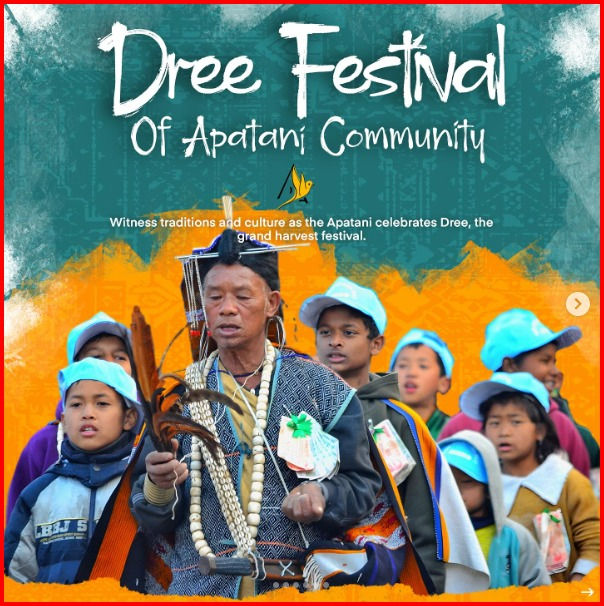High in the Eastern Himalayas, at 4,660 metres above sea level and just south of the Chelang Jumu Pass, stands Mapang Hill—a place as majestic as it is meaningful. For the people of the Koloriang highlands, especially the Nyishi tribe, Mapang is not just a scenic ridge or a remote village, it is a symbol of identity. It is a place of belonging, memory, and quiet legacy. To the unfamiliar eye, Mapang Hill Pt 4660 may appear to be just another high-altitude ridge near the Indo-Tibetan border. But for the tribes that call it their home, it is much more — a living reminder of their lineage and history.

The Nyishi tribe, one of Arunachal Pradesh’s largest indigenous communities, resides in the highlands surrounding Mapang Hill. They practise shifting cultivation, grow maize, millets, and vegetables, and raise animals like pigs and Mithun. In these remote ridges, hunting remains a way of life. Hunters follow age-old routes, setting traps and collecting forest produce. Some also earn through bamboo, cane, and medicinal herbs from the forest.
The Nyishi celebrate vibrant festivals like Nyokum Yullo, where they pray for peace, good harvests, and community well-being. Their traditions — from hornbill-inspired headgear to oral storytelling — reflect a deep bond with nature. Though isolated, their life is rich with rhythm, knowledge, and pride, shaped by the land they know by heart.
Across the Mapang landscape, the signs of this connection are evident. Old hunting shelters built from stone and wood still stand firm. Salt licks, resting spots, and traps dot the hillside. These aren’t relics, they are living proof of how these tribes learned about these lands, survived and evolved over the years, living their lives as one with the nature and land that has nourished them.
Even today, hunters from nearby villages visit Mapang, just as their forefathers di and share stories. Familiar faces before familiar hills speak of a presence that never left.

In every memory, in every path and in every celebration, the remote villages around Mapang Hill, stand far from forgotten. These highland homes are vibrant threads woven into the rich cultural tapestry of Arunachal Pradesh, and indeed, of India. The resilience of the Nyishi people, their shifting fields, hunting grounds, festivals like Nyokum Yullo, and the rhythms of their daily lives speak powerfully of their deeply rooted place in this land. Their vibrant celebrations, traditional attire, and community rituals show an unbroken bond—not only with nature and heritage, but with the national identity itself.





















